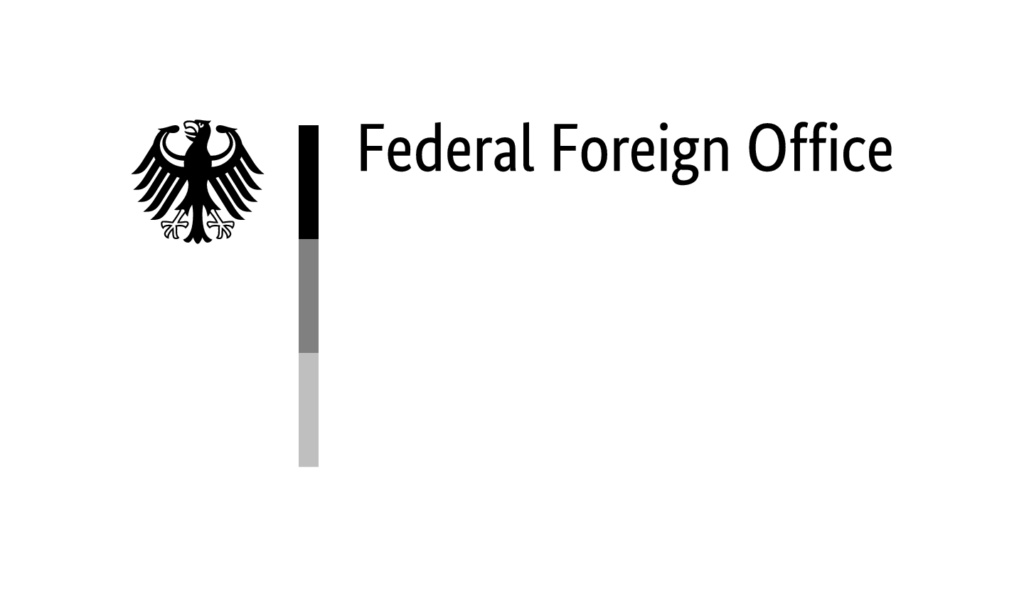Romani Rose at the Bergen-Belsen memorial site, 1979. The sign in the background proclaims: “Gypsy-Roma/gased in Auschwitz/ persecuted to this day/rally”, photo: plata / Friedrich Stark / GfbV.
First public civil rights campaign against racism
“Zutritt für Landfahrer verboten!” (“No access for travellers!”) Such signs were in use even as late as the 1960s and 1970s at campsites and in shops in Germany, in order to deny entry to Sinti and Roma. Since the summer of 1979, Sinti and Roma had been demonstrating against this restriction of the rights to equality and freedom of movement, which is enshrined in Germany’s Constitution. Members of the younger generation like Romani Rose wanted to end minority discrimination in the Federal Republic of Germany and finally achieve the recognition of the Nazi genocide of Sinti and Roma.
On 27 October 1979, the German Sinti Association with vital support by the human rights organisation Society for Threatened Peoples organised the first international memorial rally to commemorate the Sinti and Roma murdered by the National Socialists. The event was held at the memorial site of the former Bergen-Belsen concentration camp. Amongst the 2,000 participants were 500 Sinti and Roma from twelve European countries, national and international politicians and representatives of other groups targeted by the Nazis. Simone Veil, the first female President of the European Parliament, was the key speaker at the rally. She herself had survived the Bergen-Belsen concentration camp as a Jewish child, while her mother had been murdered there. Numerous national and international media, including the Time Magazine, covered the memorial rally. For the first time, the general public learned about the Nazi persecution of Sinti and Roma and about the persisting antigypsyism in the Federal Republic. Just a few days afterwards, a delegation of Sinti und Roma presented a memorandum to the Federal Government in Bonn, setting out the key political objectives of the civil rights movement: changes in the relationship between the minority and the majority society, and official political recognition of the Nazi genocide of Sinti and Roma.
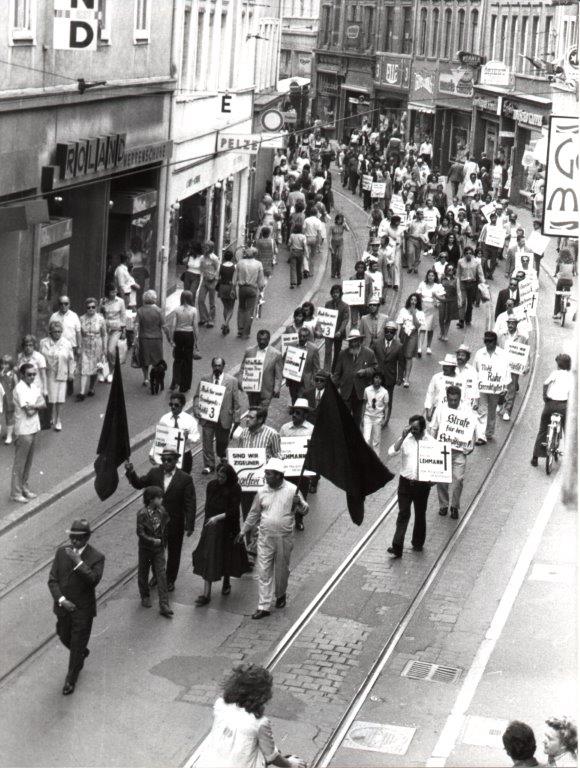
The early days of civil rights work of German Sinti and Roma
Exhibition “The long path to recognition of the Roma and Sinti Holocaust”
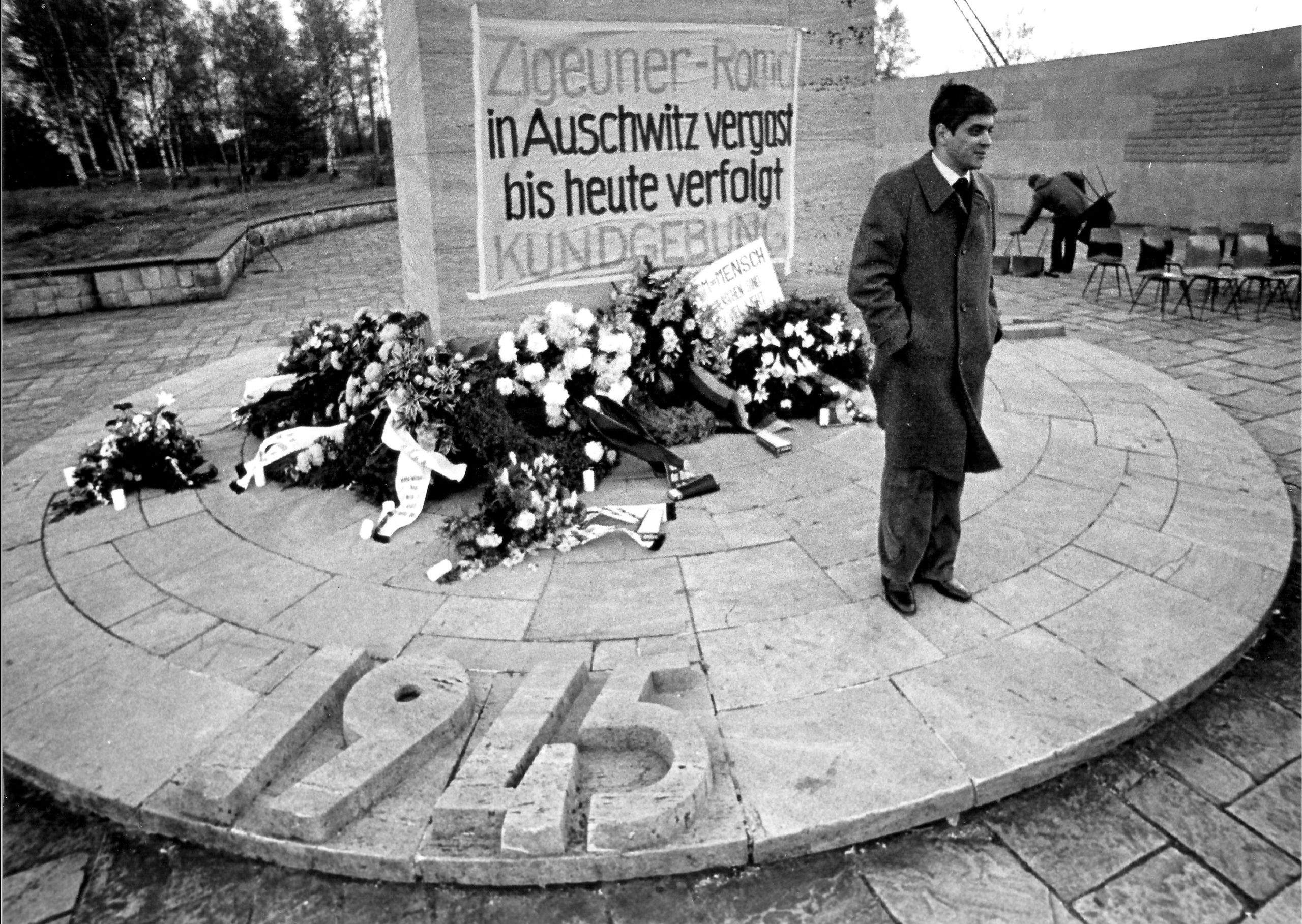
First public civil rights campaign against racism
Exhibition “The long path to recognition of the Roma and Sinti Holocaust”

The hunger strike at the former concentration camp in Dachau
Exhibition “The long path to recognition of the Roma and Sinti Holocaust”
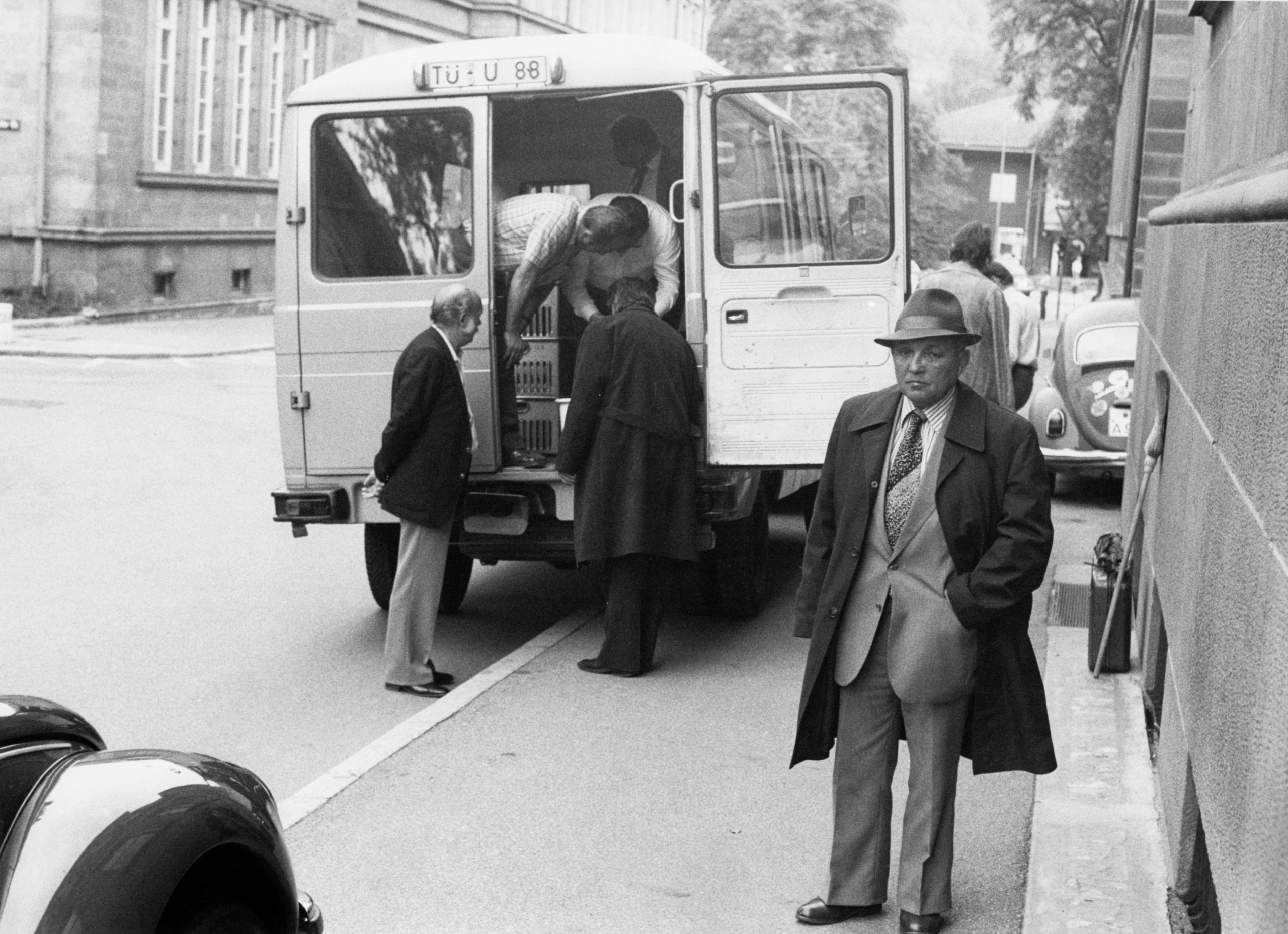
The search for the Nazi race files
Exhibition “The long path to recognition of the Roma and Sinti Holocaust”

The recognition of the Nazi genocide of the Sinti and Roma
Exhibition “The long path to recognition of the Roma and Sinti Holocaust”

Protests against special registration by the police
Exhibition “The long path to recognition of the Roma and Sinti Holocaust”
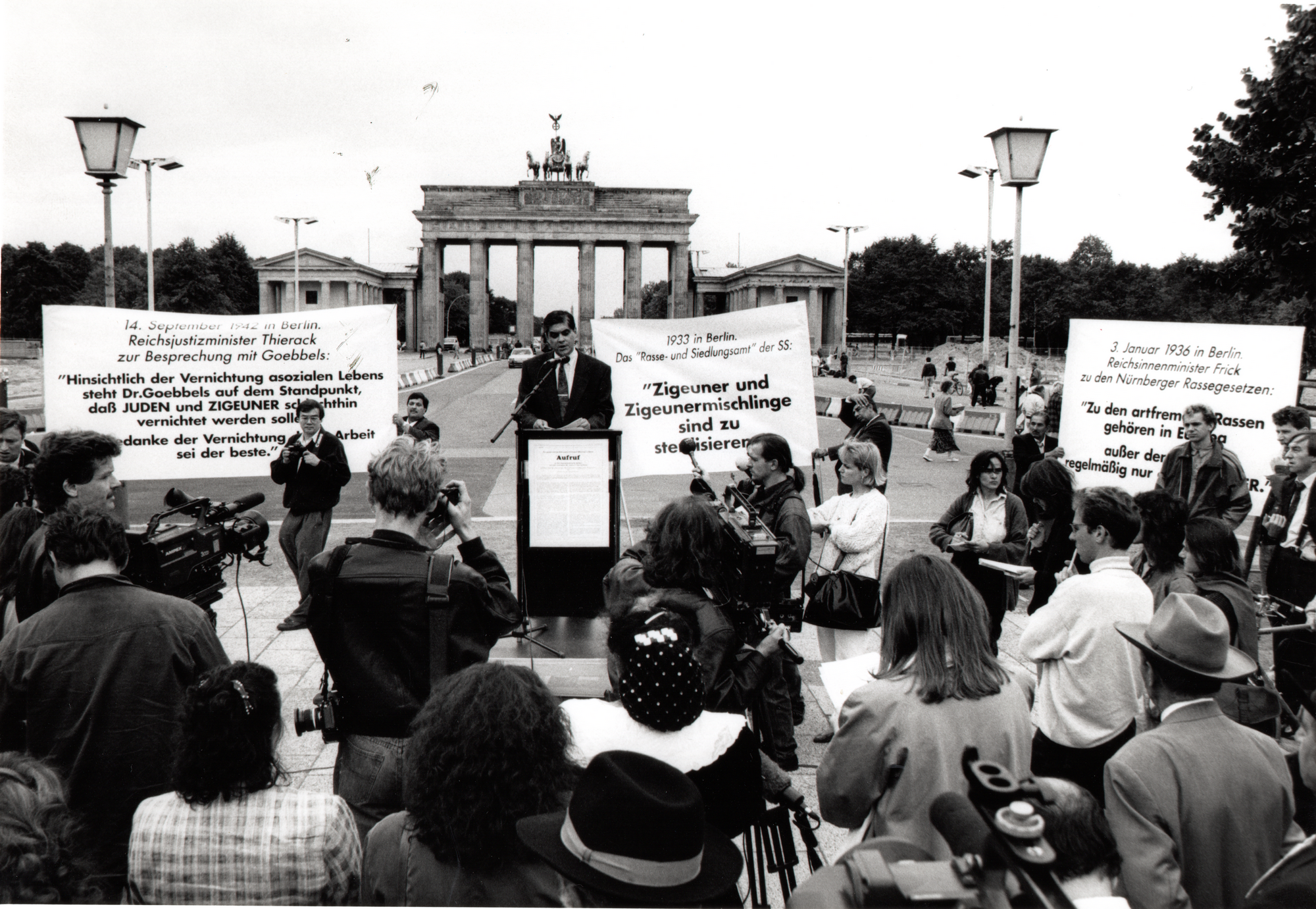
No appropriate compensation for Sinti and Roma persecuted by the Nazi regime
Exhibition “The long path to recognition of the Roma and Sinti Holocaust”

Remembrance in Auschwitz
Exhibition “The long path to recognition of the Roma and Sinti Holocaust”

The world’s first permanent exhibition on the Nazi genocide of the Sinti and Roma
Exhibition “The long path to recognition of the Roma and Sinti Holocaust”

Clemency for the murderers – the Judiciary reviews Nazi crimes
Exhibition “The long path to recognition of the Roma and Sinti Holocaust”



